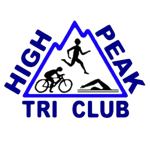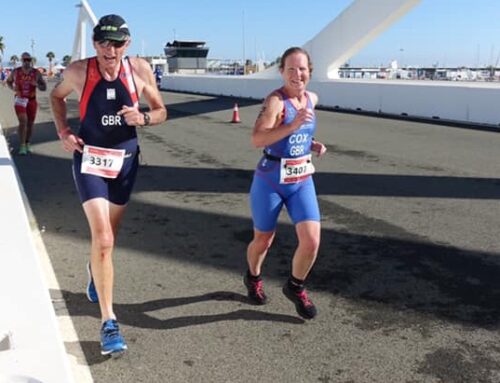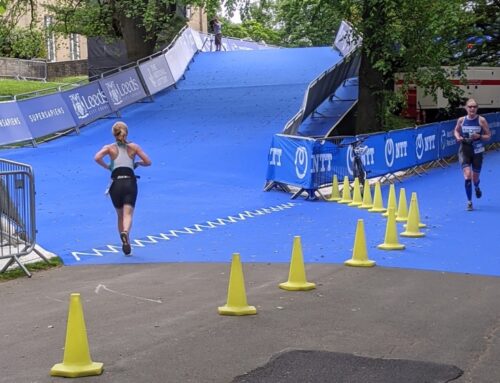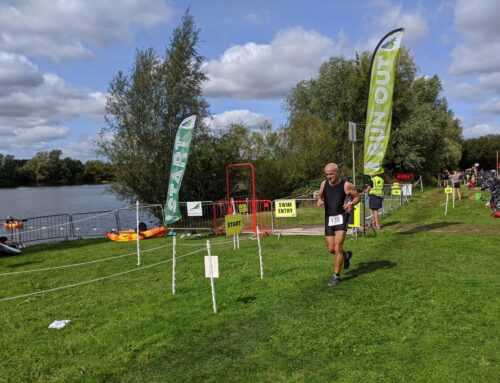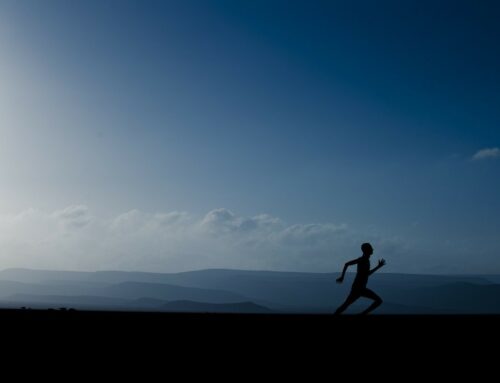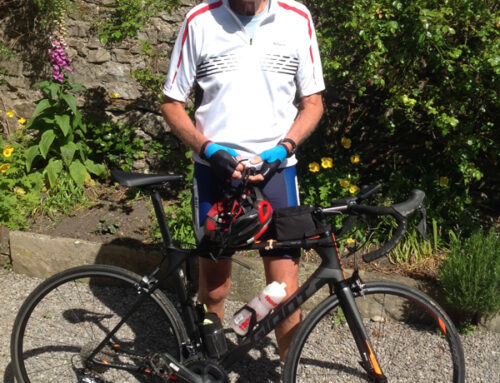During the winter / lockdown months turbo sessions are the only club activities that have survived. A number of conversations over cool-down have revolved around marginal gains. Below is a summary kindly supplied by club coach & honorary lifetime member David D.
A FEW MARGINAL GAINS TO CONSIDER
This is not meant to be an exclusive list – they are just some of the ideas that surfaced at the end of several turbo sessions. I’m sure there are plenty more hints and tips out there especially when considering the wealth of experience within our club. Several of the suggestions are common to all 3 main disciplines (for instance checking out the course in advance) and wherever possible I have tried to restrict the lists to non technical improvements and avoided consideration of race nutrition.
SWIM LEG
- Well fitting wet suit (avoiding a baggy fit) and if possible previous practice at home in wet suit removal.
- Wear a neoprene hat if water temperature likely to be chilly.
- Application of baby oil or glide on neck, arms ,wrists and ankles beneath wet suit and on OUTSIDE of wetsuit lower leg region to help peel off suit post swim. Remember not to touch goggles if hands coated in baby oil!
- Wear number belt or have numbers already pinned to trisuit beneath wetsuit to save time at Transition 1.
- If permissible acclimatise in water before swim start as initial immersion in cold water can be challenging – floating on water surface arms outstretched and legs already poised horizontally behind allows for a rapid start to swim.
- Weaker or less confident swimmers might consider holding back at the start to avoid water / body turbulence but remember that close drafting just behind another swimmers legs or hips is not only permissible but hugely advantageous in terms of effort saved.
- Do not rely on swimmers ahead being on shortest course- always check for correct direction with regular but brief landmark sightings – an ability to breathe bilaterally an additional benefit particularly in choppy open water.
BIKE LEG
- Practice cycling in sock less shoes – trying to put socks over wet feet in T 1 can be both time consuming and frustrating!
- Ensure bike is racked set up in appropriate low gear ready for easy bike start and with tyres at correct pressure to eliminate excessive road drag.
- Ensure bike clothing close fitting and body position on bike is streamlined to minimise air drag – hands on drops or tri bars where possible and with elbows tucked
in to create a narrow frontal profile. - Maintain a high cadence in preference to a high gear wherever possible – ride strongly to hill summits continuing the effort over the brow i.e. attack the hills and ride through without lessening the effort ( where other competitors may take a short recovery breather ) to gain time on competitors.
- Practice cornering – a pre event route recce may help decide on race plan or tactic.
RUN LEG
- Maintain ideal run form throughout (head up, shoulders back and down, chest and hips forward with very slight forward lean of body from ankle region).
- Try to avoid arms crossing in front of body but use them to help forward propulsion.
- Avoid overreaching strides and associated heel striking – ideal foot landing is midsole with foot landing beneath body.
- Shorten strides on uphill and accelerate through the apex.
- Consider wearing same shoes/ trainers on both bike and run legs- reduces transitionhassle and speeds up transition exit.
